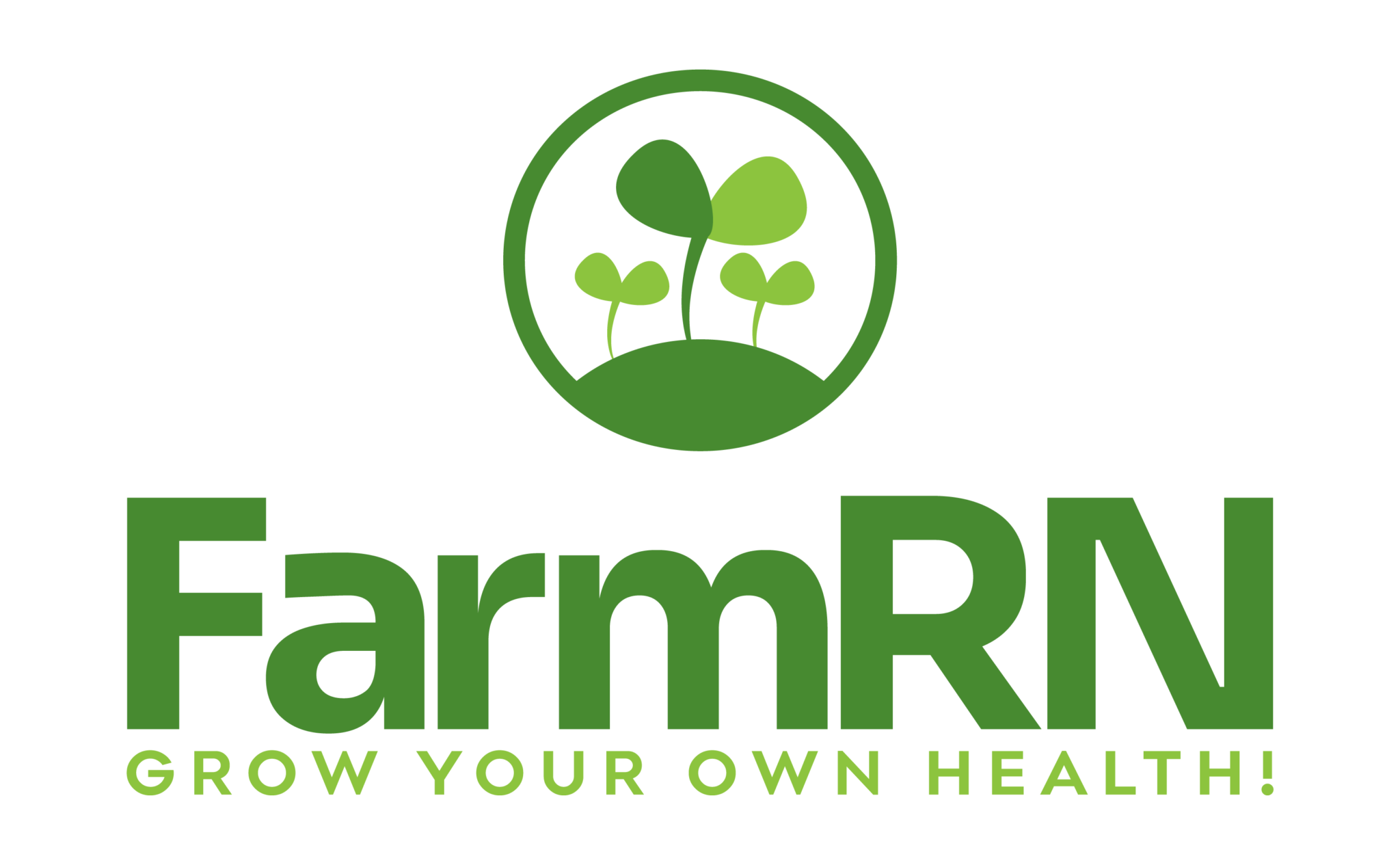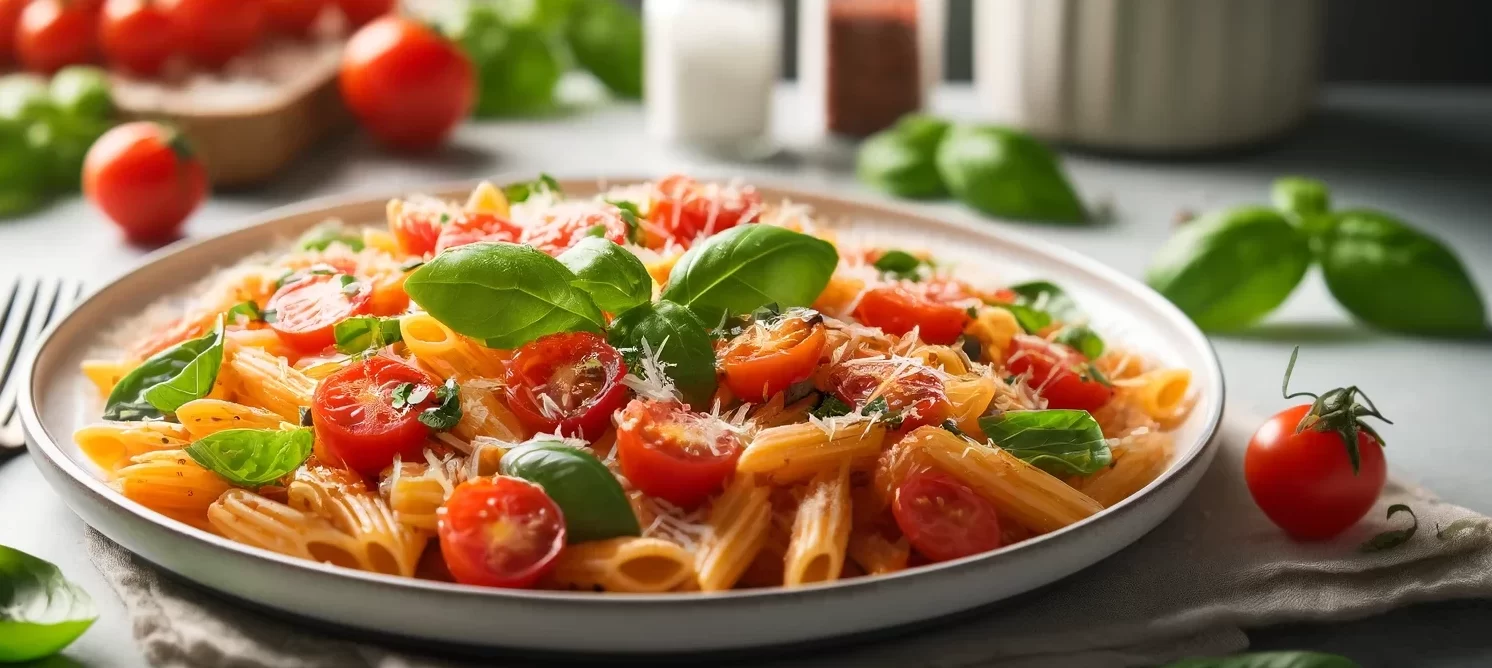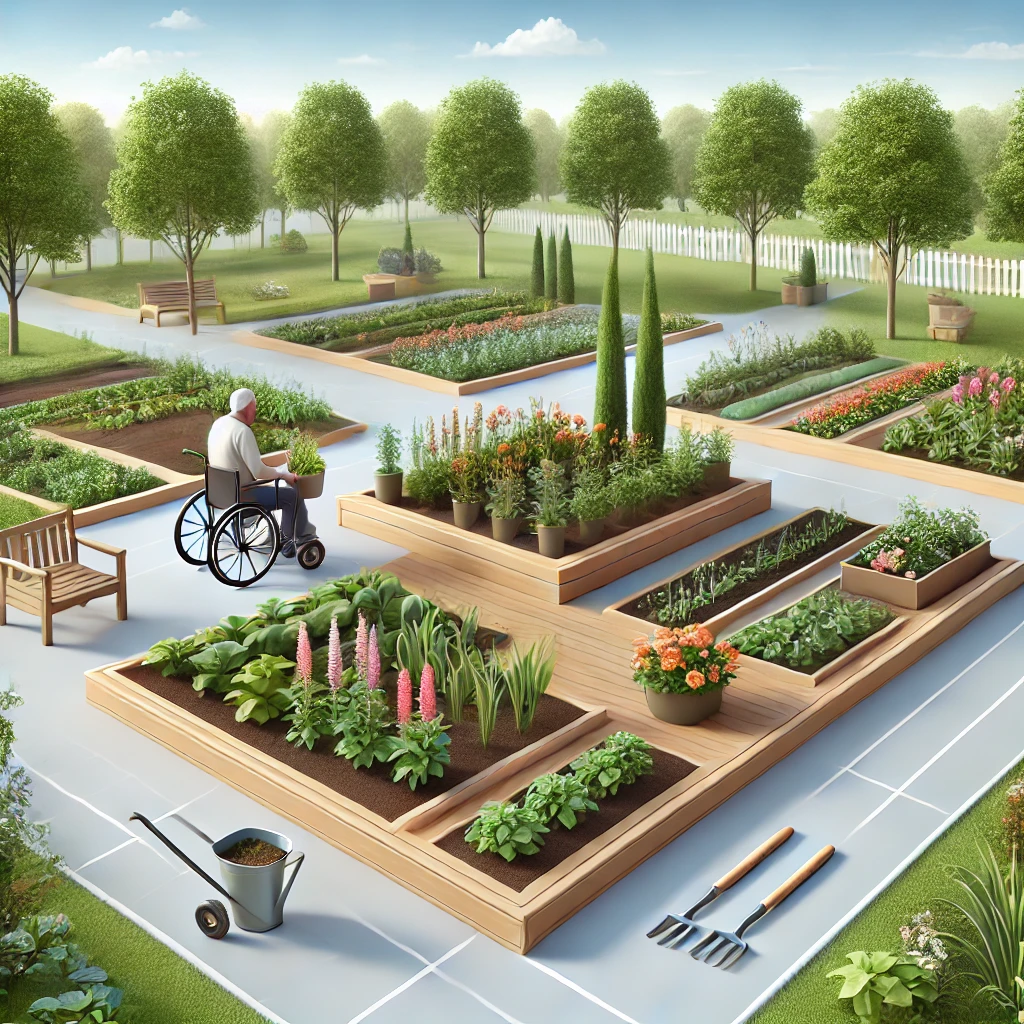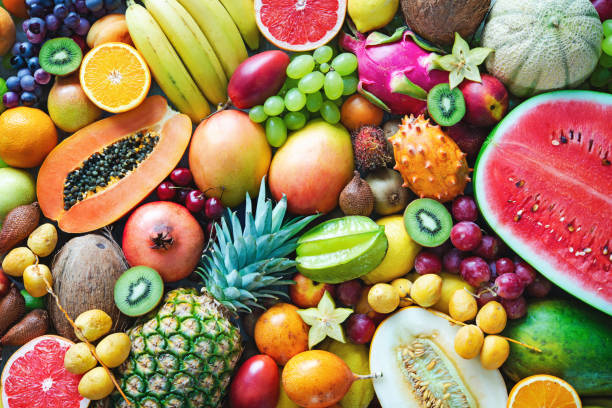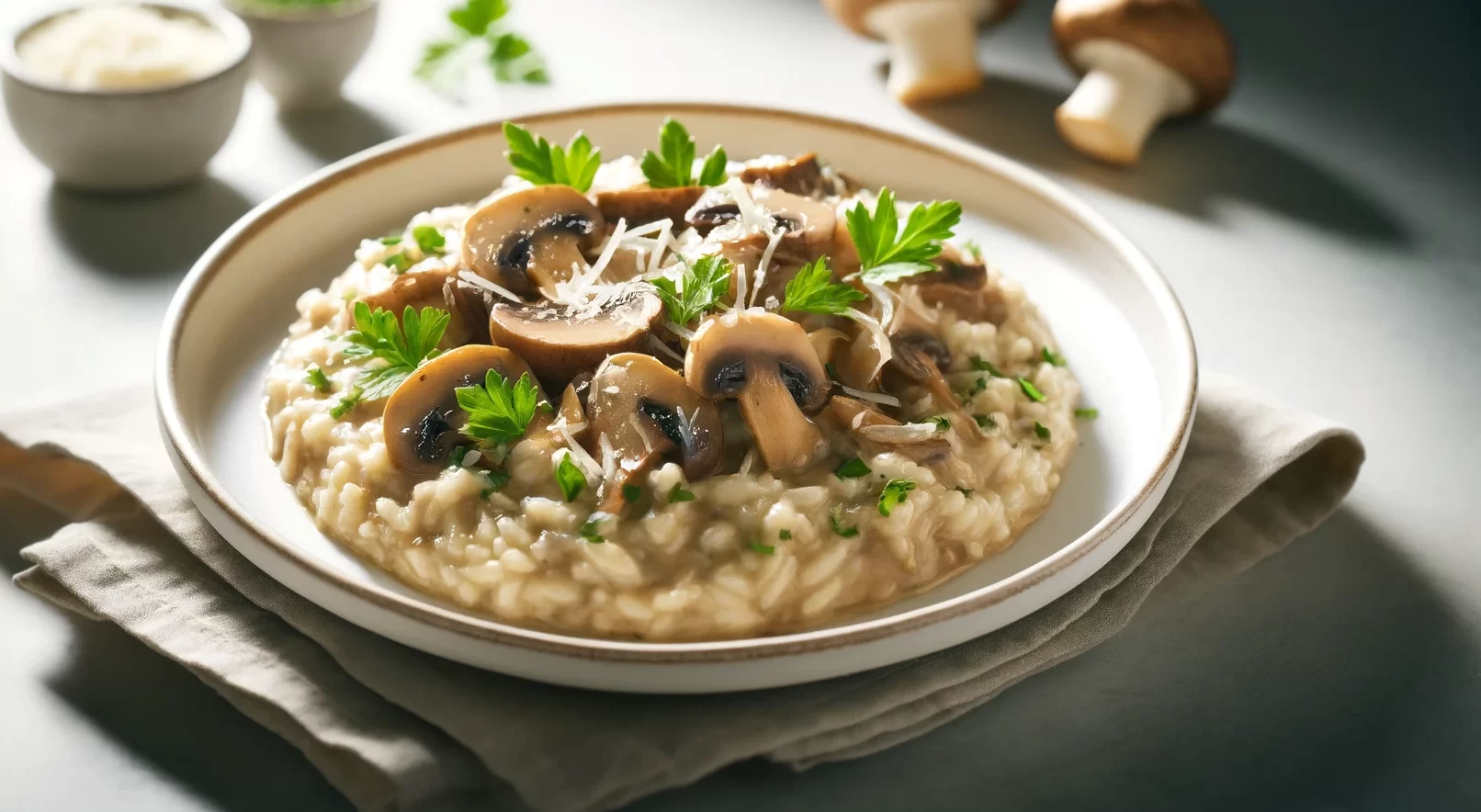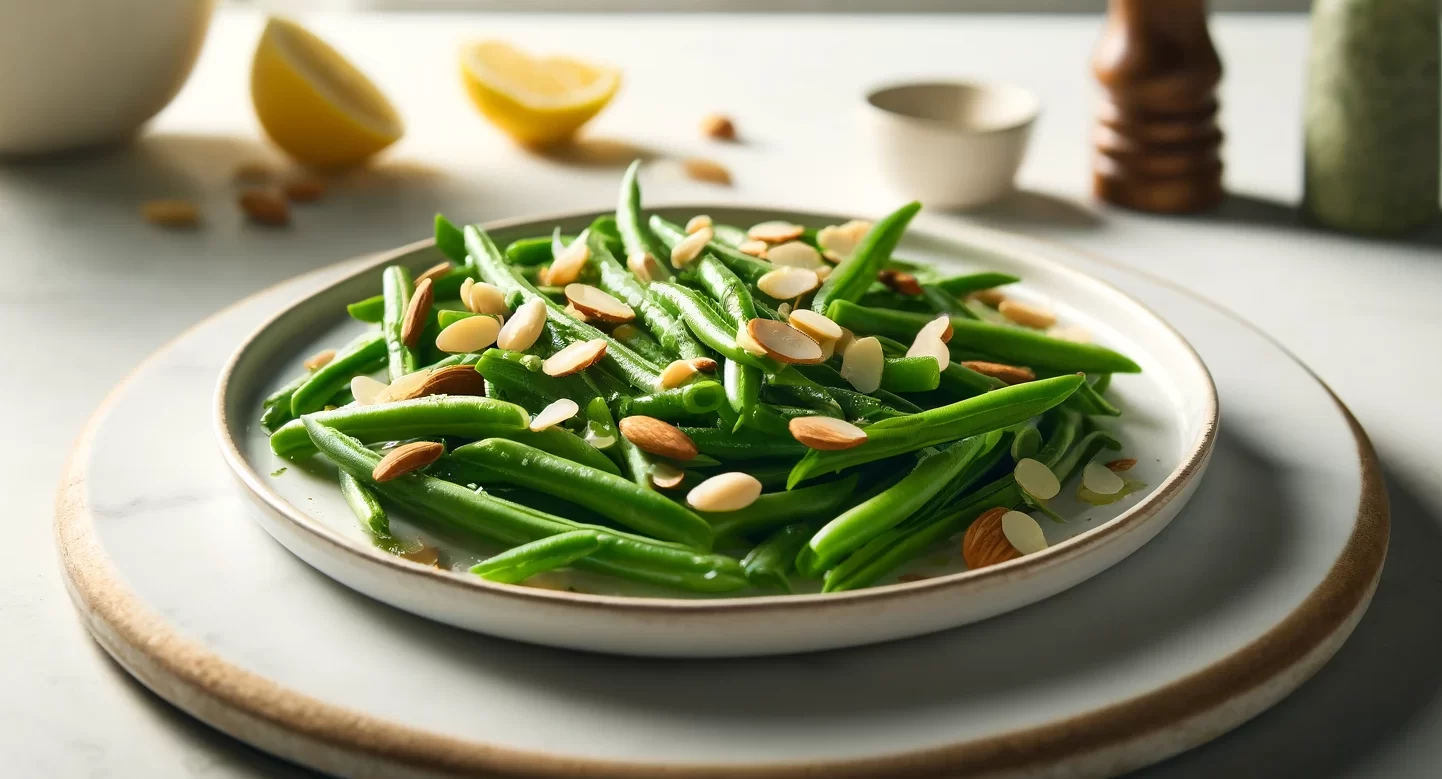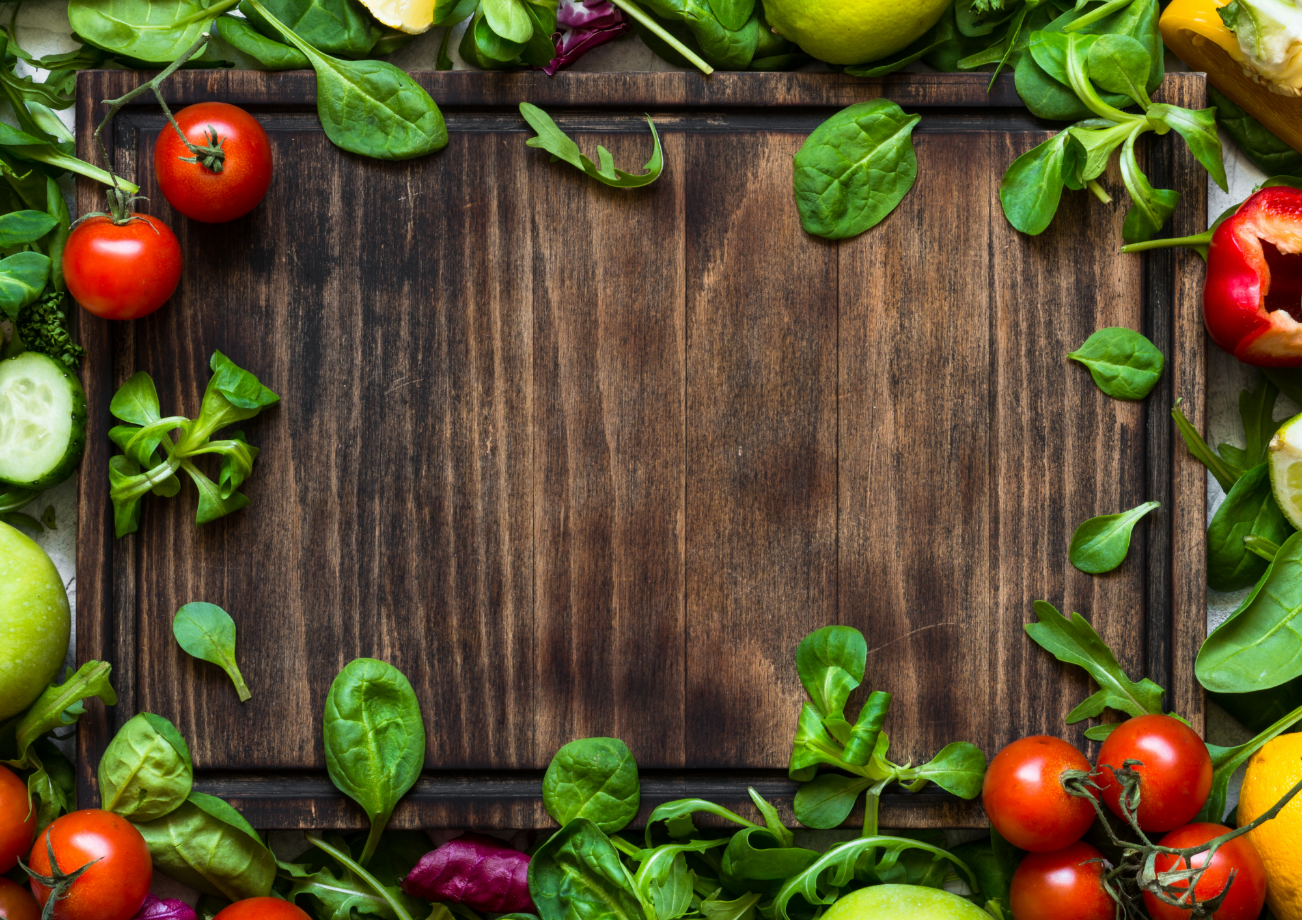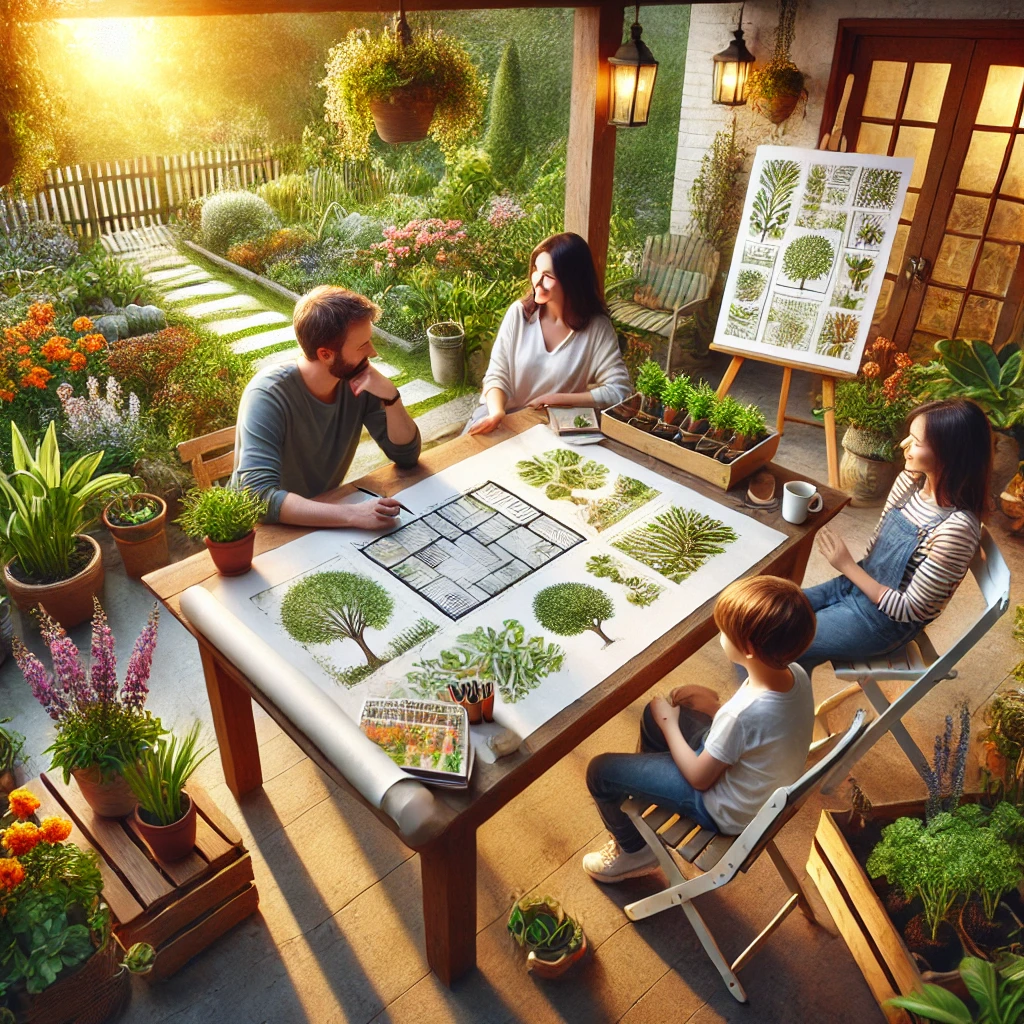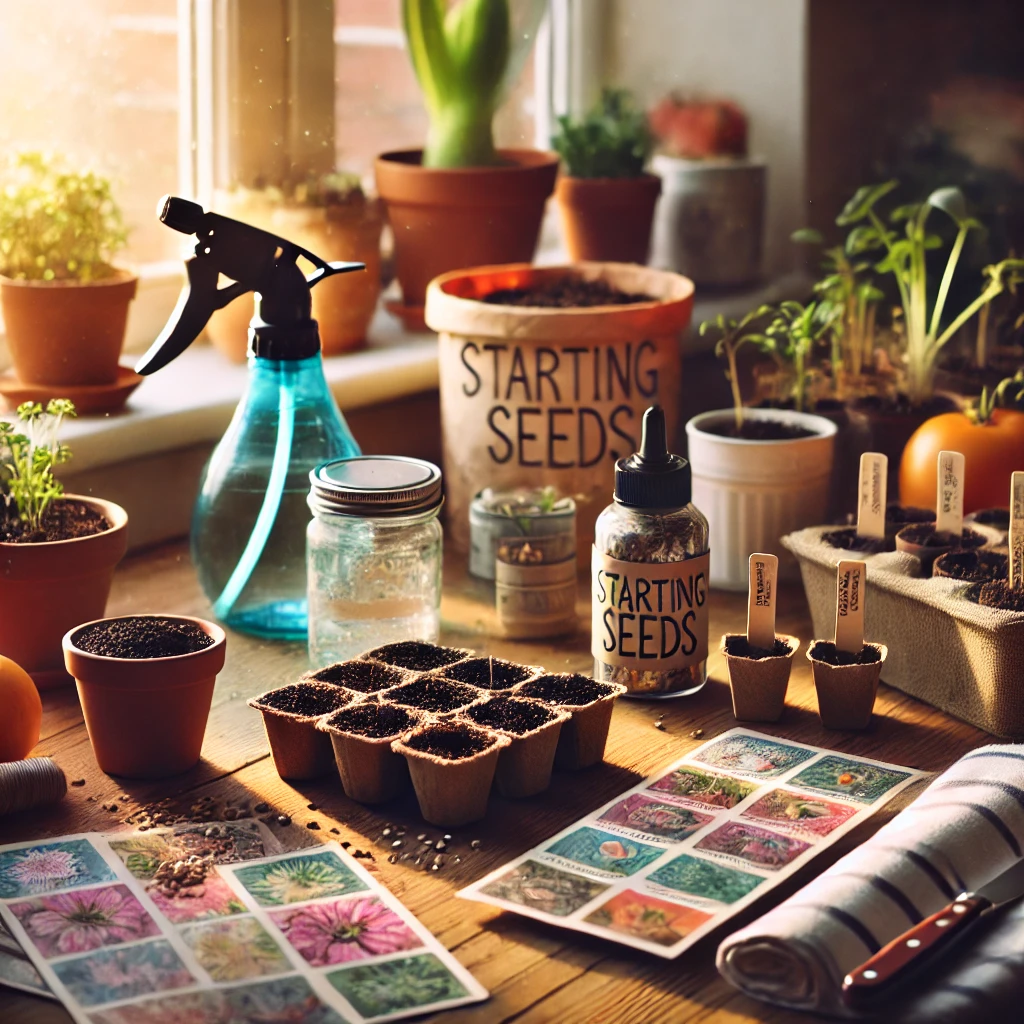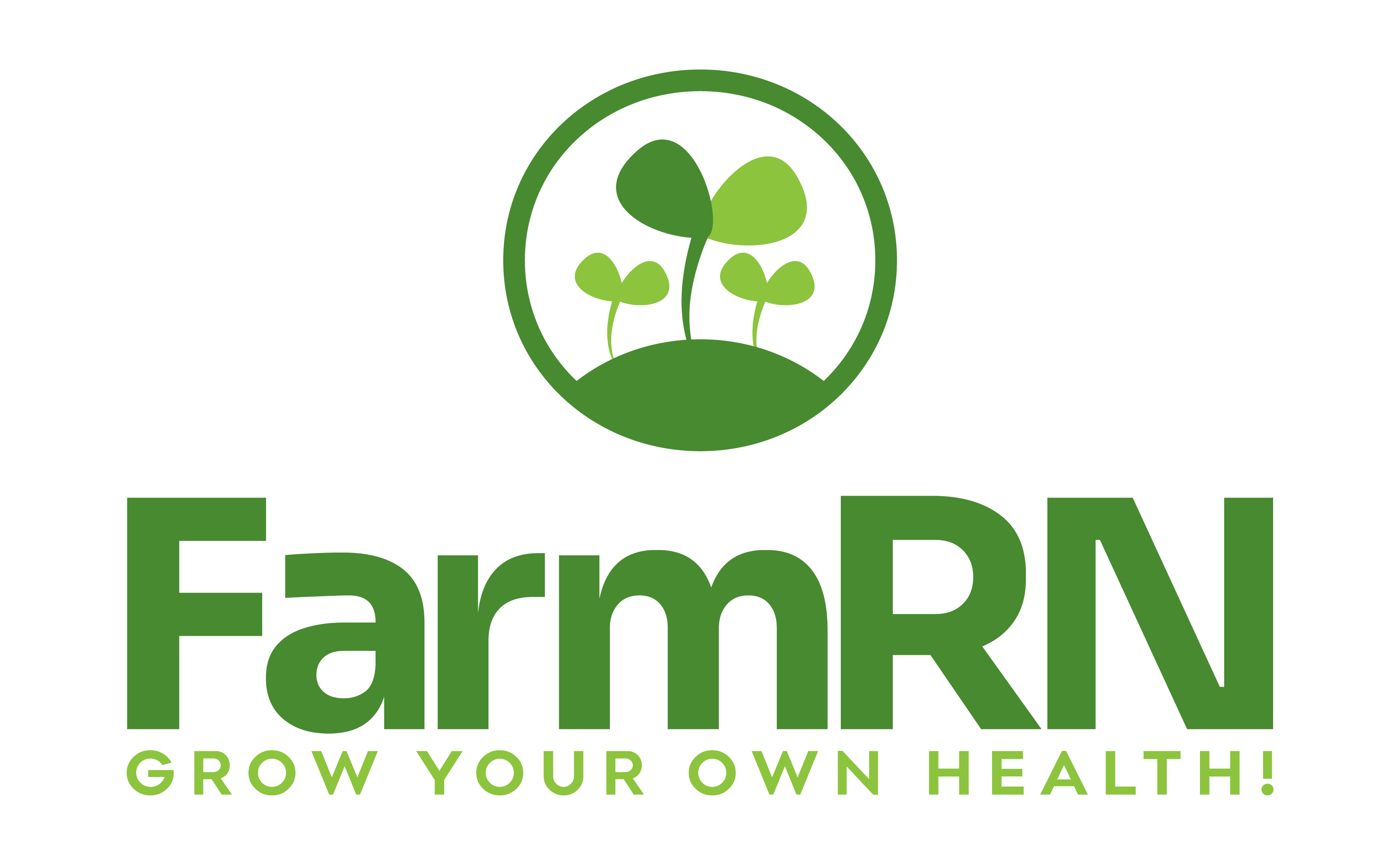In the vibrant world of culinary arts, edible flowers have blossomed into a popular trend, transforming ordinary dishes into extraordinary experiences. These natural beauties are not just for adorning your garden; they can elevate your cooking with bursts of color, unique flavors, and a touch of elegance. From the peppery tang of nasturtiums to the delicate sweetness of violets, edible flowers offer a palette of flavors to explore and enjoy. Let’s delve into how these floral gems can enhance your culinary creations and turn every meal into a celebration.
A Rainbow of Flavors
Welcome fellow gardeners! Have you ever thought about making your meals pop with color and flavor using something as simple as flowers? Yes, I’m talking about edible flowers, those little gems from nature that can transform our family meals from ordinary to extraordinary. Let’s dive into this colorful world together and discover how these blooms can make our cooking adventures more exciting.
First up, we’ve got nasturtiums. These bright, cheerful flowers are not just a feast for the eyes; they pack a peppery punch that can jazz up any salad or dish. Think of them as nature’s spicy candy, perfect for when you want to add a little zing to your family dinners. I love sprinkling these over our greens to see the kids’ surprised faces when they taste the kick!
Then, there’s lavender. Oh, lavender, with its soothing scent and delicate flavor, it’s like a hug in flower form. Adding a sprinkle of lavender to lemonade or baking it into cookies brings a sweet, floral note that’s both comforting and delicious. It’s my go-to for when I want to make a special treat that calms and delights in every bite.
Borage flowers, with their stunning blue color, are like little sapphires you can eat! They have a subtle taste reminiscent of cucumbers, making them a refreshing addition to our summer drinks and salads. I love adding them to our water pitchers for a touch of elegance that always gets the kids excited about staying hydrated.
And we can’t forget about calendula. These sunny petals not only brighten up the garden but also our meals, with their peppery flavor adding depth to soups, salads, and spreads. It’s like sprinkling a bit of sunshine onto our plates.
Incorporating edible flowers into our meals is a fun way to explore new flavors and get creative in the kitchen. Plus, it’s a fantastic opportunity to teach our little ones about the wonders of nature and the joy of cooking. So, why not join me in adding a dash of floral magic to our next family meal? Let’s make our dishes a rainbow of flavors that’ll have everyone at the table smiling and asking for seconds!
Creative Culinary Uses
Now, let’s take a stroll into our kitchens, where the magic happens, and talk about the creative ways we can bring edible flowers into our family meals. It’s like turning mealtime into an art project, where colors pop and flavors surprise, making every dish a masterpiece that even the little ones can’t wait to dive into.
One of my favorite ways to incorporate edible flowers is by jazzing up our salads. Imagine a bowl full of greens, and veggies, and then, bam! You sprinkle some vibrant edible flowers on top, and suddenly, it’s not just a salad; it’s a work of art. The kids’ eyes light up, and they’re suddenly more interested in eating their greens. It’s a win-win!
Next up, let’s talk about drinks. You know how we always try to make hydration fun for the kids? Well, imagine adding a few borage flowers or violet petals into ice cubes. It turns a simple glass of water or lemonade into a fairy tale potion. The excitement on their faces when they see flowers in their drinks is absolutely priceless. Plus, it’s a sneaky way to get them to drink more water.
And for those special occasions, or just because we love to see our families smile, we can whip up some desserts adorned with edible flowers. Crystallizing petals to decorate cakes or mixing them into gelatin for a floral jiggle dessert not only brings a burst of color but also adds a unique flavor that’ll have everyone asking for your secret ingredient.
Lastly, let’s not forget about breakfast. Sprinkling edible flowers over pancakes or mixing them into a smoothie bowl can turn the most important meal of the day into the most magical. It’s a simple touch that can make mornings feel special and get everyone started on the right foot.
Incorporating edible flowers into our cooking is not just about adding color and flavor; it’s about creating memories and making mealtime an adventure. So, let’s get creative in the kitchen and bring a little bit of the garden to our plates. It’s an easy, fun way to spice up our meals and bring smiles to our family’s faces. Who knew being a culinary artist could be so simple and so delightful?
Growing Your Edible Flower Garden
Isn’t it wonderful to think about stepping outside and picking fresh, beautiful blooms right from your own garden to use in your kitchen? Growing an edible flower garden is like having a secret ingredient just a few steps away, ready to make your family meals extraordinary. Let’s talk about how we can turn this dream into a reality, even if you’re as busy as most of us parents tend to be.
Starting your own edible flower garden is simpler than you might think. Many edible flowers, like the vibrant nasturtiums and delicate pansies, are incredibly forgiving and easy to grow. They’re kind of like those low-maintenance house plants that thrive even when we forget to water them now and then. You can grow them in pots on your patio, in window boxes, or even among your vegetable garden. The key is to start small, making it a fun and manageable project for you and the kids.
One of the best parts about growing edible flowers is the opportunity to teach our children about gardening and the origins of their food. It’s a hands-on biology lesson, but way more fun. We can talk about the importance of bees and other pollinators while we watch them buzz around our flower garden. Plus, there’s nothing quite like the look of pride on your child’s face when they get to eat something they’ve grown themselves.
Remember, when growing edible flowers, it’s crucial to avoid using any pesticides or chemicals that aren’t safe for consumption. Organic gardening practices not only keep our flowers safe to eat but also protect the environment and the little critters that visit our gardens. It’s all about nurturing our patch of earth in a way that’s harmonious with nature.
So, why not give it a go? Whether you’re turning a corner of your yard into a floral buffet or adding a few pots of herbs and edible flowers to your balcony, growing an edible flower garden is a rewarding endeavor that brings beauty, flavor, and joy to your family’s table. Let’s get our hands dirty and our hearts full as we embark on this delightful gardening adventure together.
Safety First
As we dive into the world of edible flowers, excitement and creativity are in the air, but it’s also crucial to pause and talk about safety. Just like we teach our kids to be cautious and aware, we need to apply the same principles when picking flowers to add to our dishes. Not all flowers are friends when it comes to eating, and ensuring we’re using only safe, edible varieties is key to keeping our family meals both delightful and safe.
First things first, identification is crucial. It’s important to know exactly what you’re picking and eating. This might mean doing a little homework before you start your garden or forage for wildflowers. There are plenty of resources available, from gardening books to online guides, that can help ensure you’re choosing the right blooms. Think of it as detective work, where the clues lead to delicious and safe culinary creations.
Another golden rule is to avoid any flowers that have been treated with pesticides or chemicals not intended for food crops. This is especially important if you’re picking flowers not grown in your own garden. Just like we look for the best, most natural ingredients for our family meals, the same should go for the flowers we choose to garnish and flavor our dishes.
Let’s Get Cooking!
We’ve ventured through the garden, hand-picked our blooms, and discussed the importance of ensuring our floral choices are safe and delightful additions to our meals. Now, the fun truly begins in the kitchen. Transforming your dishes with edible flowers isn’t just about adding a sprinkle of color or a dash of unique flavor; it’s about creating experiences that feed the soul as much as they nourish the body. It’s about turning a simple weekday dinner into a special occasion, making memories that your family will cherish far beyond the mealtime.
Whether you’re garnishing a salad with vibrant nasturtiums, infusing a jug of lemonade with the subtle elegance of lavender, or decorating your child’s birthday cake with crystallized violets, each use of an edible flower is a celebration of nature’s bounty and a testament to your creativity and care as a cook. So, dive in, experiment, and let the natural beauty of edible flowers inspire you to new culinary heights.
Join Our Culinary Journey
If you’re intrigued by the idea of using edible flowers and want to explore more creative ways to enhance your dishes, sign up for our newsletter. You’ll receive a bouquet of recipes, gardening tips, and culinary inspiration delivered straight to your inbox. For more delightful culinary adventures, check out our articles on similar topics that will inspire you to transform your cooking into an art form.
Embracing edible flowers in your culinary repertoire is a delightful way to connect with nature and add an element of surprise and sophistication to your cooking. So why not take this opportunity to sprinkle your dishes with color, flavor, and a touch of whimsy? Happy cooking!
